Dear All,
It's time for the next Q+ Hangout! As usual, if you are watching with a group and want to reserve a seat in the hangout then leave a comment on the event page:
https://plus.google.com/events/crrcrhl8idt5jl1923q7etahhac
We also encourage individuals interested in active participation---which typically involves asking questions after the talk---to join the hangout. Otherwise you can watch on the livestream. Details follow.
Speaker: Tobias J. Osborne, Institut für Theoretische Physik, Leibniz Universität Hannover.
Date: 1 pm GMT/UTC, October 15, 2015.
Title: What is quantum field theory? A quantum information theorist's perspective <!--break-->
Abstract:
In this talk I will try to make good on my long-standing promise to explain quantum field theory in a quantum information friendly way. In particular, I will describe the modern Wilsonian approach to defining QFT, and explain how to (as rigourously as possible) implement this approach using quantum information theoretic tools. In this way I'll explain how the definition of a QFT can be broken into two key components: (i) firstly, one must introduce the space of regulated quantum field theories; (ii) then the regulated theory space needs to be subjected to a completion process to yield continuum theories without cutoff. It turns out that the completion process is naturally carried out with respect to a family of quantum information distance metrics which define for us what is meant by a "convergent sequence of regulated QFTs". Such a convergent sequence is then seen to induce a "flow" on the space of QFTs known as the renormalisation group. This flow is generated by a vector field called the beta function. While this may all sound rather baroque I will argue that, conceptually, it is no more difficult than the process whereby one constructs the real numbers from the rational numbers. There are some key bonuses of taking a QI approach: (i) we are able to define QFTs without (necessarily) requiring lagrangians; (ii) we obtain manifestly finite quantum information measures appropriate for interacting QFTs; and (iii) we are able to express all the main known examples of QFTs in this language, and hopefully so much more.
To keep up to date with the latest news on Q+ hangouts you can follow us on:
Google+: http://gplus.to/qplus
Twitter: @qplushangouts
Facebook: http://facebook.com/qplushangouts
or visit our website at http://qplus.burgarth.de
